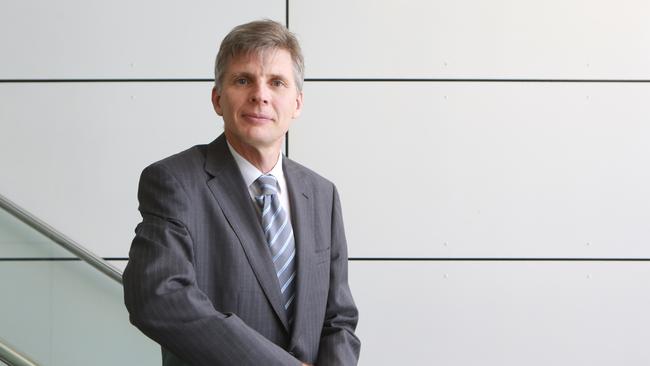Coronavirus: Existing drugs may be key to vaccine
Repurposing existing drugs to tackle the coronavirus has key advantages over developing a therapy from scratch.

Repurposing existing drugs to tackle the coronavirus has key advantages over developing a therapy from scratch: as a known quantity, they are backed by voluminous clinical data on the medicinal properties and side-effects.
If proven effective against the coronavirus, supply could be readily increased, a stopgap until a vaccine became available.
Testing of the TB vaccine in frontline medical staff here — in tandem with similar trials in The Netherlands and Britain and a study on elderly patients in Greece — comes as scientists from the University of Queensland co-ordinate a program to trial another potential treatment combining anti-HIV and malarial drugs in 50 Australian hospitals.
The first-generation HIV antiretroviral lopinavir was given to Chinese tourists from Wuhan who fell ill on the Gold Coast in January, encouraging the Queensland government to stockpile the drug. Typically, it is administered with the booster agent ritonavir.
Queensland’s Chief Health Officer, Jeannette Young, said the treatment had shown promise, but it was too early to gauge its effectiveness on the limited clinical data.
At UQ, David Paterson is pairing lopinavir-ritonavir with the antimalarial Chloroquine to turbocharge a potential therapeutic treatment for COVID-19.
The combination had made the coronavirus “disappear” in laboratory tests, Professor Paterson said.
The hospital trials would test different doses administered at various points in the progression of the disease to develop a clinical treatment regime.
A Japanese influenza drug, Favipiravir, has also achieved encouraging results on COVID-19 patients in China, improving lung capacity and speeding their recovery, according to reported data.
However, scientists outside China have cautioned that people with mild to moderate disease had benefited most, raising questions about whether the drug could arrest the rising death toll globally.
The best hope remains a vaccine. In the US, a phase 1 clinical trials on a compound called mRNA-1273 began in Seattle last week to prove it was safe to give to people.
This too has been repurposed — from a vaccine that was being developed for the coronavirus MERS, a more lethal but less contagious cousin of COVID-19.
Australia is again at the forefront of vaccine development through the revolutionary “molecular clamp” technology pursued by researchers Trevor Chappell, Paul Young, Trent Munro and Daniel Watterson at the University of Queensland. They now have a candidate vaccine in laboratory mice.
“In terms of getting a vaccine that we think will work, we think we are already there,” Dr Chappell told The Australian, pointing out the team had developed prototypes for Middle East Respiratory Syndrome and seasonal flu that had demonstrated powerful immune responses in animal studies before the outbreak of COVID-19.
The issue was time.
With all the resources and best will in the world, it was unlikely a vaccine would be available before next year.
According to US-based think tank the Milken Institute, nearly 60 treatments as well as 43 vaccines for COVID-19 are in development worldwide.




To join the conversation, please log in. Don't have an account? Register
Join the conversation, you are commenting as Logout